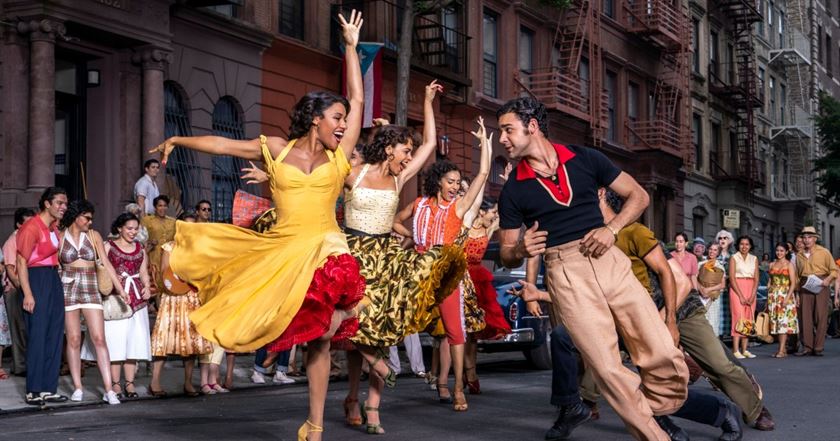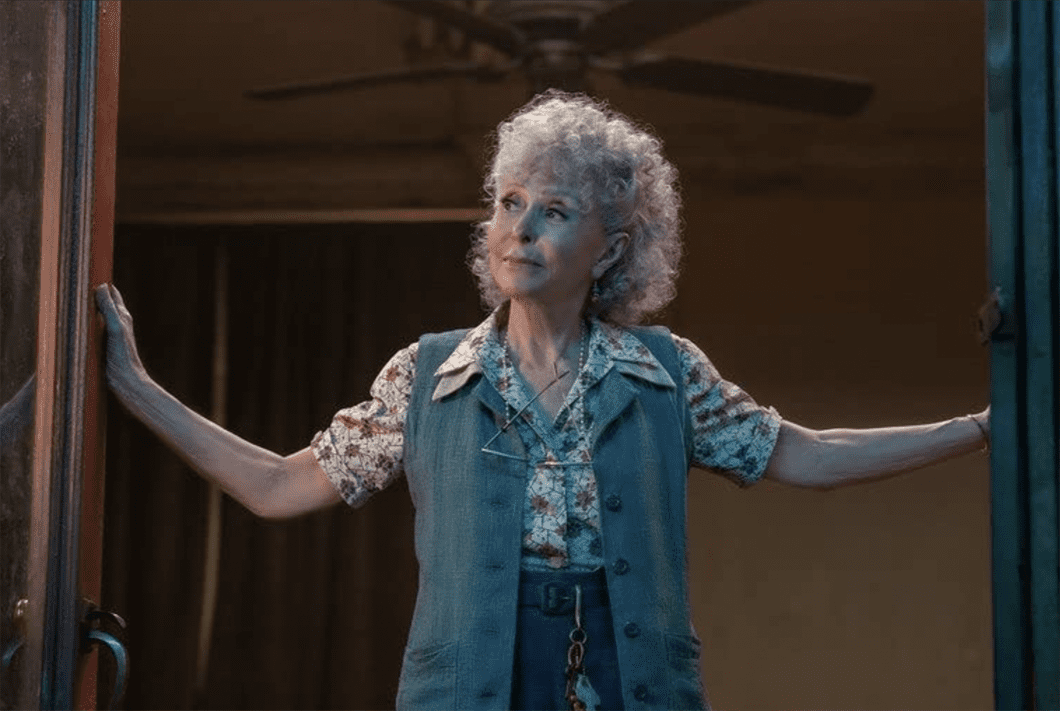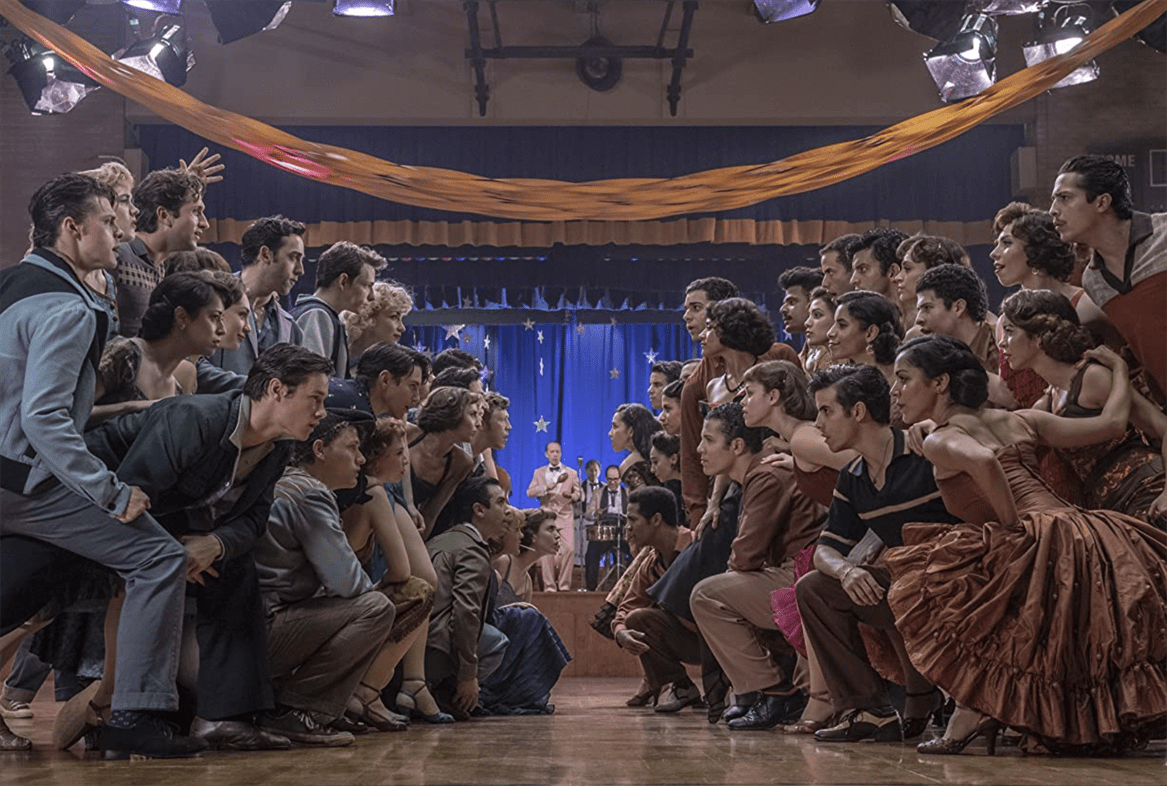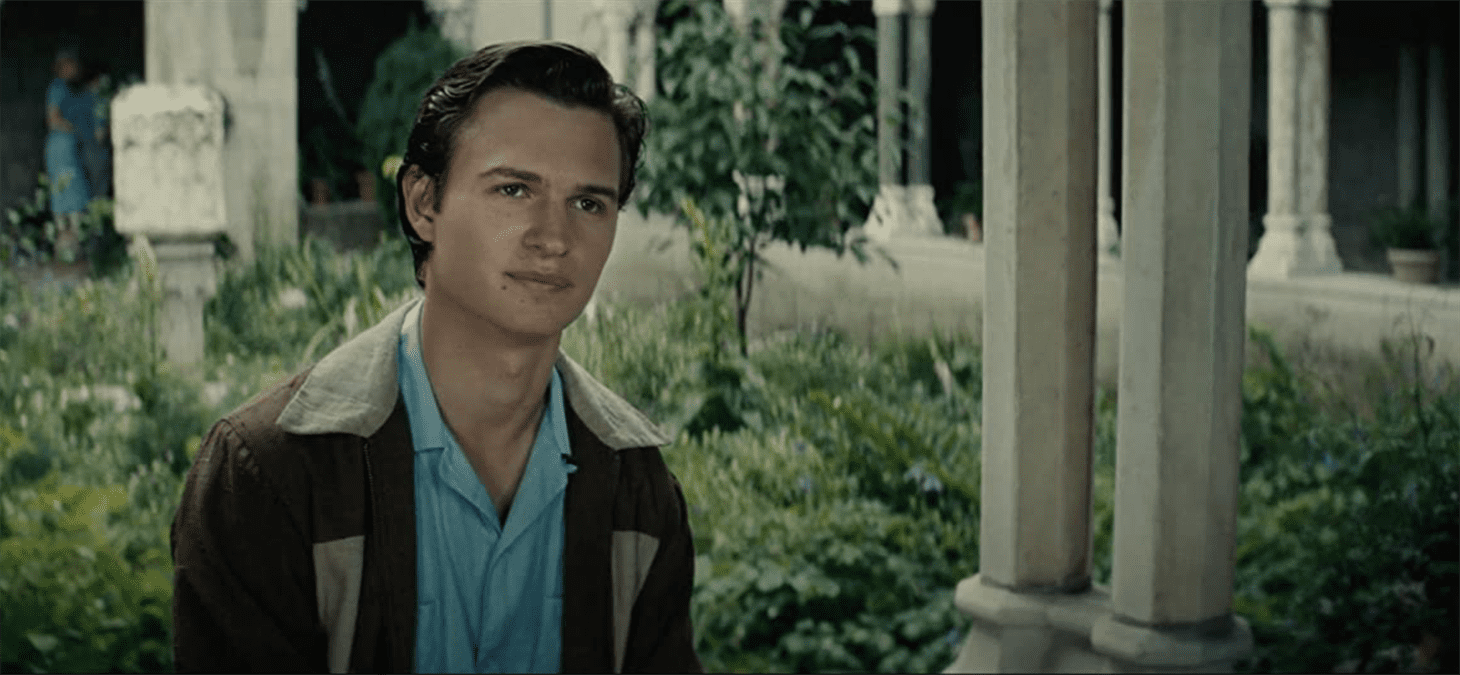Since its opening on Sept. 26, 1957, “West Side Story” has earned three Broadway revivals, thousands of international productions, global tours and two movies.
The second of the film adaptations, directed by Steven Spielberg, premiered on Dec. 10, 2021. It included some of the best talent New Jersey has to offer with Montclair State University alumni in its ensemble.
The movie garnered intense critical acclaim, but tanked financially. Reporting only about $10.6 million its opening weekend and about $53 million worldwide, this is a loss of millions of dollars against the movie’s estimated $100 million budget.
A flop, financially perhaps, but for me, it was a resounding success, especially with the exuberant talents of alumni Melody Martí and Annelise Cepero. Martí, who graduated in 2018, stars as Shark girl, Pili, and is mesmerizing to look at as she practically dances her feet off. Cepero, who graduated in 2017, stars as Maria’s friend Provi and does so with charm and grace, showcasing her extreme vocal talent and ability.
These two have added to why the film can only be described as a triumphant return to what the movie musical once was. It is extravagant, joyous, emotional and current, though it does fumble in one or two ways.
The aesthetics of “West Side Story” are as beautiful as ever as the film begins with an overview of the 1950s New York slums in which the story takes place. We see signs marking the destruction of the slums and the construction of the Lincoln Center. Dilapidated buildings crumbling into nothing are turned into a scenic backdrop that is surprisingly beautiful. The slums are turned into a song of their own under Spielberg’s direction.
Never before has an adaptation of “West Side Story” touched on the environment of the story. Within the two fighting factions, the Jets and Sharks, the disappearance and destruction of their home as the slums are being gentrified and replaced unifies them. This is a brilliant tactic on the part of screenwriter Tony Kushner.
Perhaps what truly makes the visual stunning is the color throughout the film, a constant battle of cool tones against warm. The Jets are always in blues and grays while the Sharks are in reds and blacks.
As our characters’ relationship evolves, their colors follow until eventually “One Hand, One Heart,” a pseudo-marriage song, is performed with the characters bathed in the light of stained glass. Rainbow dots paint their faces and clothes as the pair finally blends together as one. It is a beautiful and effervescent color story done to perfection.
Performances ranged from stellar to mediocre. Rachel Zegler as Maria is something to be studied. Zegler not only has the vocal talent of a theatrical professional but also the acting prowess of a veteran Hollywood star. To know this is her screen debut is preposterous, as she is the leading lady for a new generation.
As for costar Ansel Elgort as Tony, it is an underwhelming performance if ever there was one. Elgort plays Tony as an aloof, cold, mature character, making his scenes with Maria extremely uncomfortable.
At one point, he delivers a monologue to Maria about beating another kid to the brink of death. He does this all with a straight face. Elgort’s Tony is an odd, pompous, psychopathic man. His voice is fine but nowhere near the professionalism found within Zegler’s voice. Their duets are difficult to watch with Zegler doing most of the heavy lifting.
The soul of the film, Ariana DeBose is a tour de force as Anita.
Spielberg’s Anita is a strong, independent and intelligent woman. She is quippy and hilarious as DeBose brings Anita to a whole new level.
DeBose is a theatre veteran, and as such her voice and dance skills are truly astounding. She delivers some of the most intense choreography within the catalog of musical theatre with a smile on her face. Within my theater, there was not a dry eye in the room during “A Boy Like That/I Have A Love.”
Mike Faist and David Alvarez bring a fresh breath of air to the rivalry of the Jets and Sharks. Faist, another Broadway veteran, completely killed all choreography and vocal requirements, keeping Riff as charismatic as he should be.
Alvarez is also a Broadway veteran and meets the same level of professionalism. Bernardo does not have many vocal moments within the film, but when he does, there is always a beautiful baritone voice to be heard from Alvarez. He is a fantastic match to DeBose’s fierce energy. Their relationship is a jewel of the film.

Anita, played by Ariana DeBose, alongside Bernardo, played by David Alvarez, in “America.”
Photo courtesy of Amblin Entertainment
An alteration made to the original story is the addition of the character Valentina. Played by Rita Moreno, Valentina is the mirror image of the character Doc with a few differences. The main one is Valentina is a Latina woman who owns and operates “Doc’s Drugs” by herself.
“Somewhere” is also now sung by Valentina in the film, which is a confusing narrative switch but works nonetheless. Moreno brings a brilliant performance and lit up the screen with the same ferocity and care as she did in ‘61 in the original film adaptation as Anita.

Played by Rita Moreno, Valentina is the mirror image of the character Doc with a few differences.
Photo courtesy of Amblin Entertainment
Commendations also need to be given to several of the supporting cast members, specifically Josh Andrés Rivera, Paloma Garcia-Lee and the entirety of the Shark/Jet ensemble.
Rivera as Chino is such a wonderful watch. Instead of the 2D character portrayed in the original film, Chino is now nerdy and charismatic character due to the charm of Rivera.
Garcia-Lee as Graziella was astounding. She nails every piece of choreography and gives a heartbreaking performance during one of the most difficult scenes within the film. She is an undeniable star on the rise.
As for the Shark/Jet ensemble, a bravo is needed. The choreography, acting, vocal ability and complete devotion to their characters are amazing. Never have I seen a musical ensemble steal the show in such a deserving way.
If you are going to see a short amount of movies this year, let “West Side Story” be one of them. Beautiful, poignant and a creative triumph, it will rekindle one’s love for the movie musical, making me hopeful that perhaps the genre may make a comeback for this generation.





